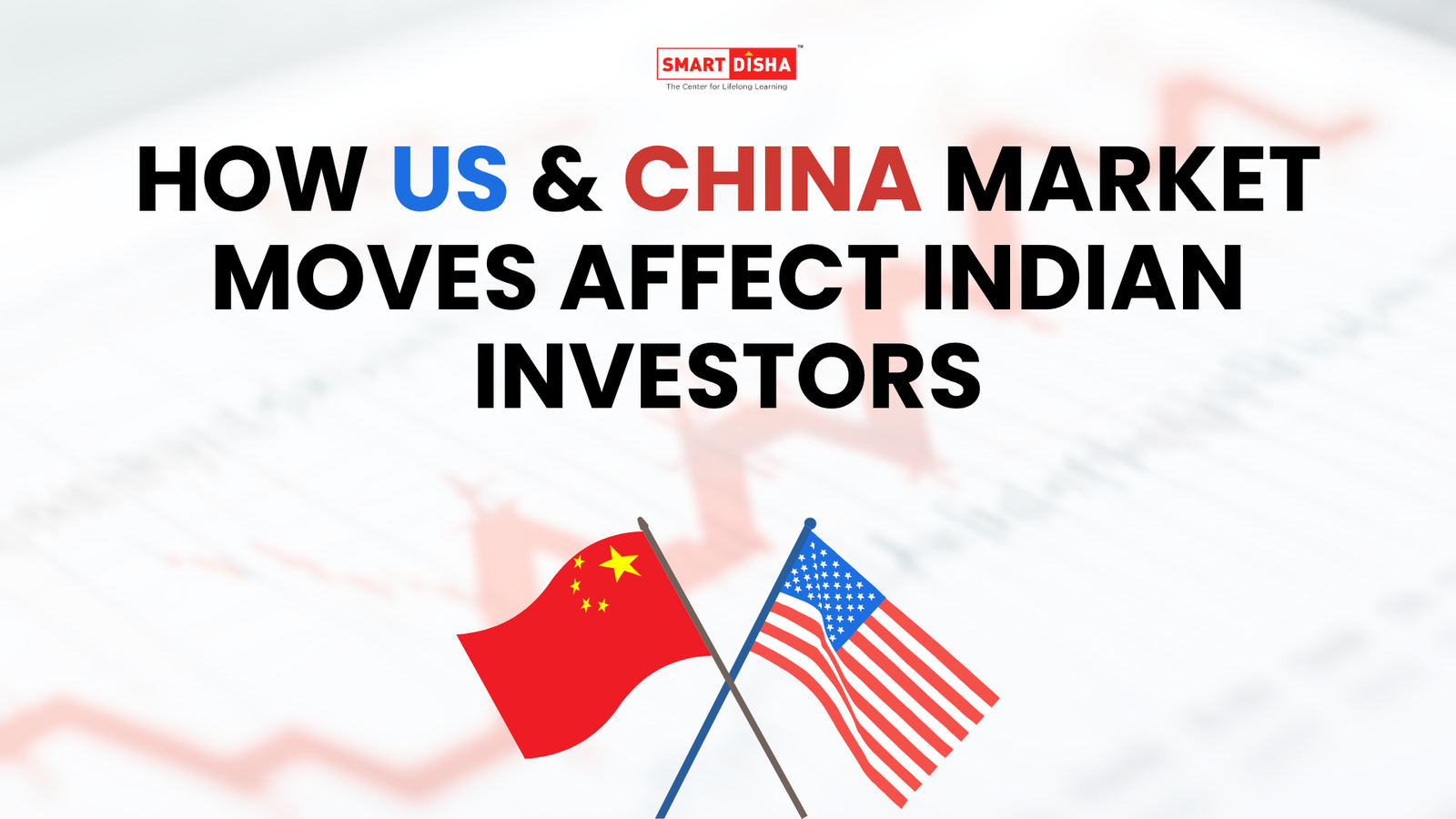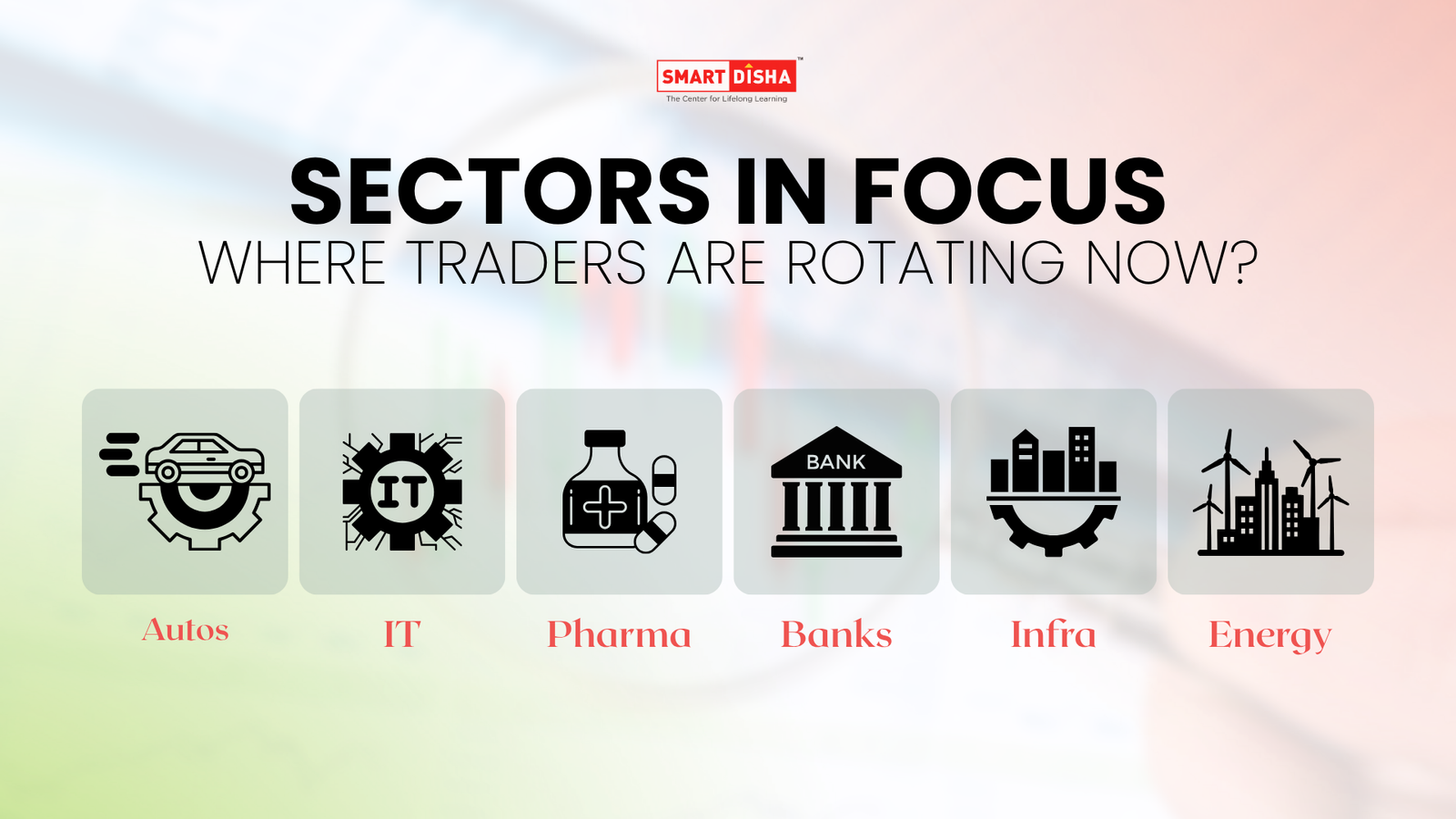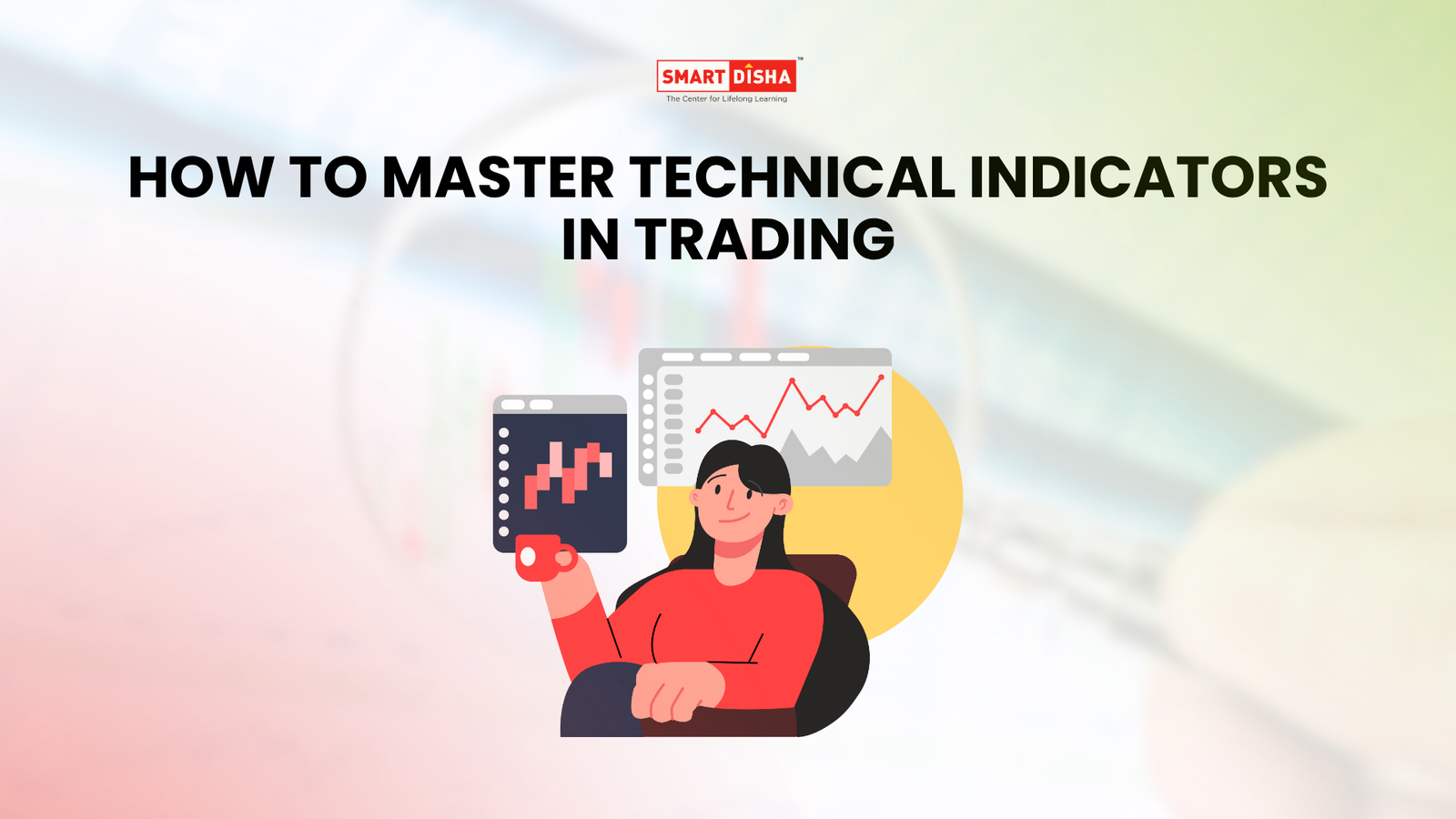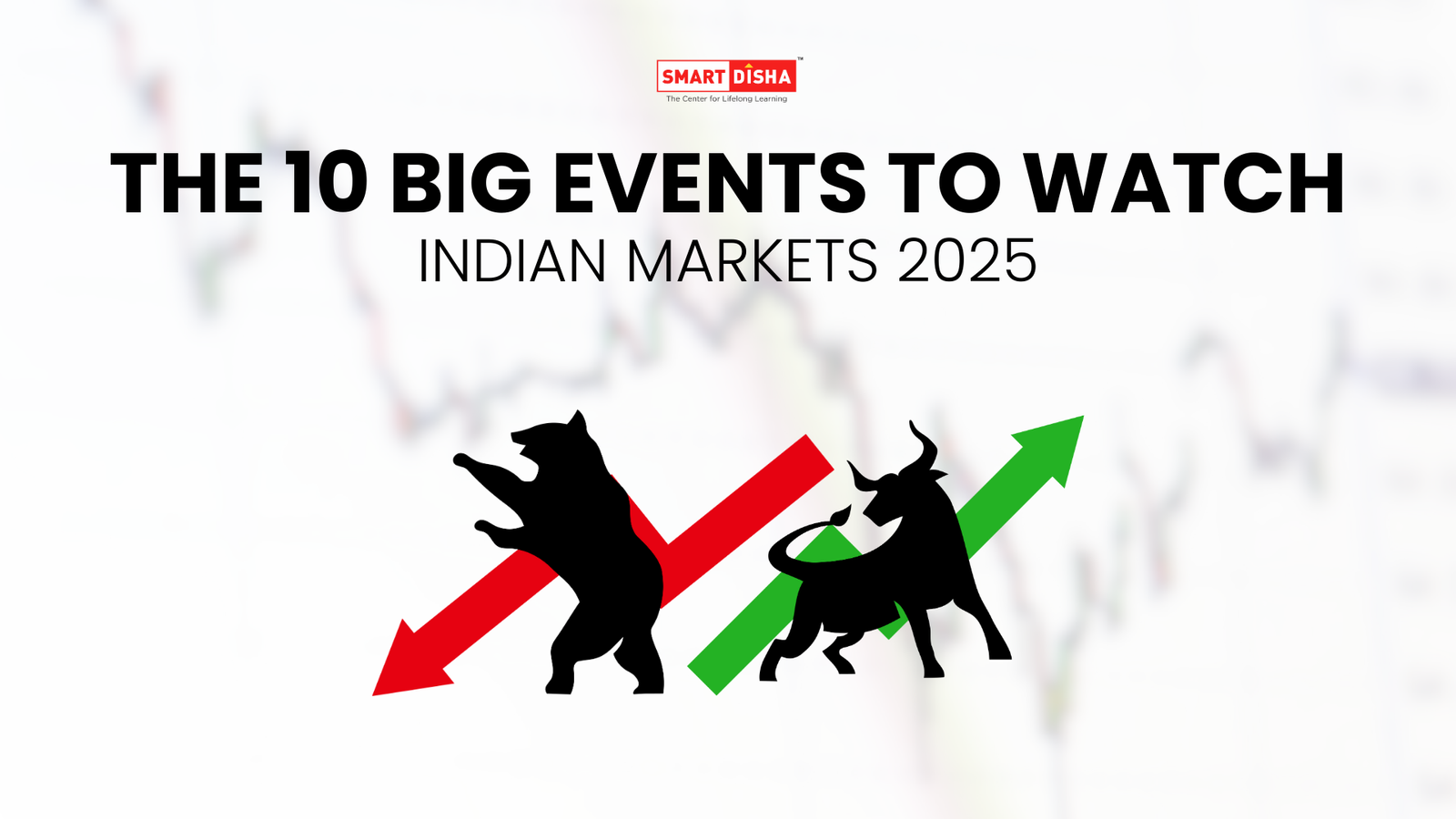If you’ve been following the news lately, you’ve probably noticed one theme repeating, global market tension is rising again. The United States and China are back in conflict over trade, tariffs, and technology. Markets fall one day, bounce back the next, and social media fills with instant “experts” offering predictions.
But the truth is simple: global market tension isn’t new. It just takes a new shape every year. The real question isn’t what’s happening out there, it’s what Indian traders can learn from it.
The Bigger Picture
Right now, the US market is swinging between record highs and correction fears.
Some experts call it a bubble. Others say it’s just healthy profit booking.
On the other side, China’s market is trying to come back after years of slowdown.
The government there is pushing reforms and encouraging locals to invest again.
So yes, both giants are moving in different directions. And that imbalance is shaking up investors across the world.
When money moves out of one region, it doesn’t disappear; it looks for the next safe place.
Sometimes, that safe place is India.
Other times, we also feel the tremor for a few sessions before stabilising.
Why Indian Markets React
Think of the market as a network of pipes.
When the big pipes like the US or China change pressure, smaller pipes feel it too.
Foreign investors pull out funds when global fear rises, the rupee weakens a bit, and our indices slip.
But then something interesting happens, domestic investors step in.
They buy when others panic.
That’s why you’ll notice: India often falls less and recovers faster.
We may get wet when it rains globally, but we don’t drown.
What Indian Traders Can Learn
1. You Can’t Control the News
You can’t control the Fed, trade wars, or political drama.
But you can control how much risk you take.
Position sizing, stop loss, and capital discipline, that’s your real protection.
2. Don’t Confuse Headlines with Reality
A global correction doesn’t mean every Indian stock will crash.
In 2022, when the US dropped 20%, India was down barely 10% and bounced back quickly.
Markets move together only for a while; fundamentals pull them apart again.
3. Follow Flows, Not Opinions
Keep an eye on FII data, rupee movement, and bond yields.
If FIIs are selling but domestic funds are buying, you’ll know who’s really driving momentum.
Numbers are quieter than news, but far more honest.
A Simple Example
Imagine this week: the US imposes new tariffs on Chinese imports.
The Dow Jones falls 3%, Asian markets open red, and your phone starts buzzing with panic messages.
Now, there are two types of traders:
| Type | Reaction |
| The Fearful One | Sells everything before checking the charts. |
| The Calm One | Waits, studies sector impact, realises Indian banks aren’t affected, adds quality stocks at better prices. |
Both saw the same news but one reacted, and the other responded.
That difference decides who stays in the game.
Turning Fear Into Logic
When the global market shakes, it’s a perfect time to test your patience and process.
If your setup is strong, a correction just gives you better entry points.
If your strategy depends only on “everything going up,” then it’s not really a strategy.
Volatility is not your enemy it’s your teacher.
How to Stay Grounded During Global Panic
- Focus on Process Enter trades only when your logic and system align.
- Keep Cash Ready Volatility creates discounts. Don’t waste them.
- Diversify Mix global-sensitive sectors (like IT or metals) with domestic ones (like banking or FMCG).
- Journal Everything Note how you felt during volatility. That’s how discipline is built.
Why India Still Stands Strong
Unlike the last decade, India today runs on internal engines, strong consumption, digital growth, and manufacturing pickup.
So even if the global storm continues, our market has its own anchor.
That’s why foreign investors keep returning after every pullback.
Every correction that looks scary today becomes a chart lesson tomorrow.
The Real Lesson
You don’t need to predict the US or China.
You just need to protect yourself when they sneeze.
A trader’s job is not to avoid volatility, it’s to understand it.
Once you stop fearing global noise, you start focusing on your own system.
And that’s when consistency begins.
At Smart Disha Academy, this is exactly what we keep reminding every student, the market doesn’t reward prediction, it rewards preparation.
If you learn to stay calm, track data, and respect risk, you won’t just trade better, you’ll think better.
Because the truth is simple: patience is always more powerful than prediction.
Stay logical, trade small when it’s uncertain, and let the world’s noise be your classroom, not your trigger.




